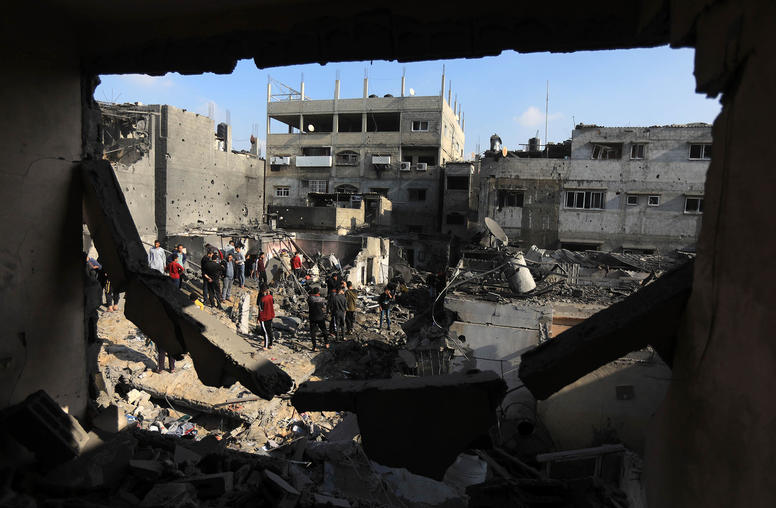What 'Both Parties Like': Two-State Solution and Beyond
Do Viable Alternatives Exist for Resolving the Israeli-Palestinian Conflict?
Read the Event CoveragePresident Donald Trump, in his recent press conference with visiting Israeli Prime Minister Benjamin Netanyahu, said he would support a solution to the Israeli-Palestinian conflict “that both parties like.” The U.S. ambassador to the United Nations has since affirmed administration support for the two-state solution that long has been the stated goal of the U.S., the international community and the two sides. But the president said he’s “looking at two-state and one-state.” On March 7, the U.S. Institute of Peace hosted a discussion with analysts and former diplomats about the viability of the two-state model, and the possibility of alternatives for a sustainable peace.
President Trump expressed an early interest in making “the ultimate deal” between the Israelis and Palestinians, but it remains unclear how the administration plans to engage on this conflict. Polls of Israelis and Palestinians consistently suggest that while support is shrinking for the two-state solution, it remains the preferred outcome. So what are the alternatives, and how politically and logistically feasible are they?
The conversation included Dahlia Scheindlin, who recently proposed a confederal approach as a “Third Way for Israel-Palestine.” She was joined by Khaled Elgindy, a former advisor on permanent status negotiations to the Ramallah-based Palestinian leadership, and by USIP’s Mike Yaffe, formerly the senior advisor to the special envoy for Israeli-Palestinian negotiations at the Department of State.
Speakers
Mr. Khaled Elgindy
Fellow, Center for Middle East Policy, Brookings Institution
Dr. Dahlia Scheindlin
Public Opinion Expert, Mitvim Institute
Dr. Mike Yaffe
Vice President, Center for the Middle East and Africa, U.S. Institute of Peace
Mr. Keith Mines, Moderator
State Department Interagency Professional in Residence , U.S. Institute of Peace



